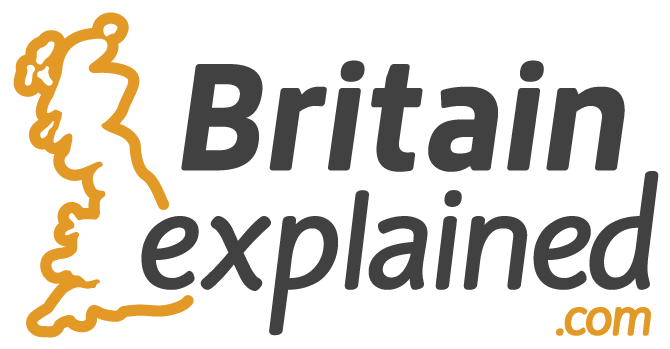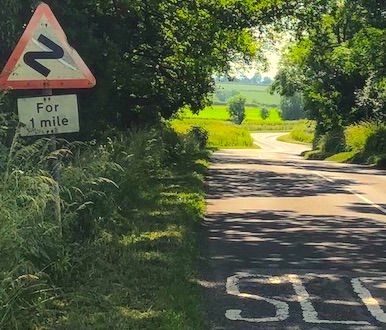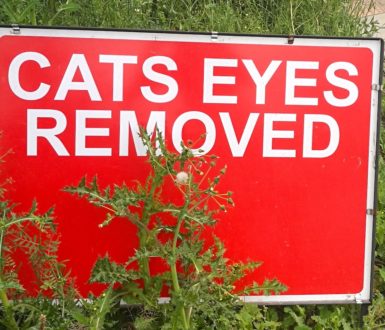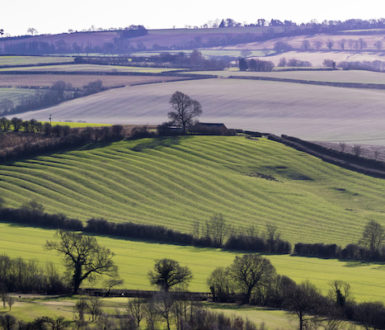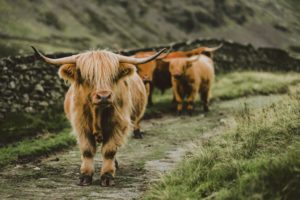
We all know how travelling on narrow country roads can be slow because of the number of cars and lorries. But 200 years ago, it wasn’t cars that would slow you down – it was cows or sheep.
In those days, driving was something you did to a herd of animals, and it was men called drovers who did it. Moving animals was needed not only from field to field, but also to market or into the centre of cities where the animals were slaughtered (before refrigeration, this was the safest way to get fresh meat). From very rural areas, this would mean long distances. The journey might take weeks, so drovers used a network of roads with good places for feeding, watering and resting. These were the drovers roads.
The biggest market was Smithfield in central London. By 1800, it is estimated over 100,000 cattle and 750,000 sheep were brought by drovers each year, sometimes from as far as Scotland. In the counties around London, taking the animals to market was done weekly. Each group (or ‘drove’) had about 200 animals. When several groups came together, there might be over 1,000 animals at one time, all clattering and mooing through local lanes. Many pubs and inns existed to provide rest and food along the way, often with a name reflecting their customers (The Drovers Inn or The Drovers Arms are typical examples).
It wasn’t just cattle and sheep that were walked to market. Pigs, ducks, turkeys and geese were also transported in this way. Birds would be given special shoes to protect their feet on the long journey.
Droving stopped when railways arrived after 1825 and many drovers emigrated to the USA and Australia, becoming ‘cowboys’. But the drovers roads still exist. Sometimes these roads have been upgraded into a main road, but others are footpaths, or bridleways for use by horses. Old watering troughs (as pictured below), now used as decorative planters, are often the only reminder of this once common aspect of country living.
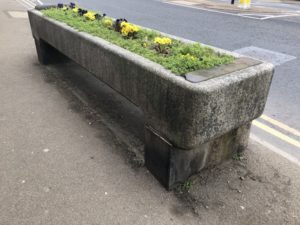
Cow Image: Ewan Robertson/Unsplash
